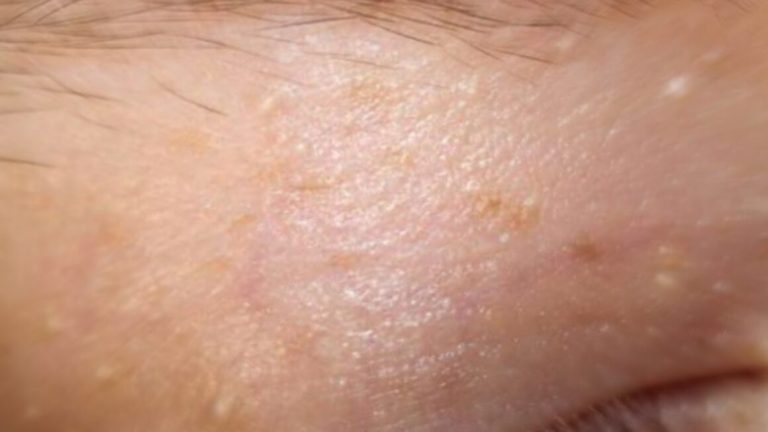ADVERTISEMENT
7. Professional Treatments for Milia Removal
Dermatologists have several methods for removing milia safely and effectively. One common technique is de-roofing, where a sterile needle is used to create a small opening in the skin, allowing the milia to be extracted. This procedure is quick and typically painless.
Other professional treatments include chemical peels, laser therapy, and microdermabrasion, which can improve skin texture and reduce the appearance of milia. Your dermatologist will recommend the most appropriate treatment based on your skin type and the severity of the milia.
8. Preventing Milia: Skincare Tips
Preventing milia involves maintaining a skincare routine that promotes healthy skin turnover. Use gentle cleansers and avoid heavy, oil-based products that can clog pores. Regular exfoliation with mild acids can help keep the skin smooth and free of dead cells.
Protecting your skin from sun damage is also crucial. Use a broad-spectrum sunscreen with at least SPF 30 daily, and wear sunglasses to shield the delicate skin around your eyes. Staying hydrated and maintaining a balanced diet can also support overall skin health.
9. Popular Viral Hacks: Do They Work?
Social media is full of viral hacks claiming to treat milia, but many of these methods lack scientific backing and can be ineffective or even harmful. For example, using toothpaste or lemon juice on milia can irritate the skin and worsen the condition.
It’s important to approach viral skincare hacks with skepticism and to rely on evidence-based treatments. Consulting a dermatologist is always the best course of action for safe and effective milia management.
10. Myths and Misconceptions About Milia
There are several myths surrounding milia, such as the belief that they are caused by poor hygiene or that they are contagious. In reality, milia are not related to cleanliness, and they cannot be spread from person to person.
Another common misconception is that milia will disappear on their own. While some may resolve naturally over time, others can persist without treatment. Understanding the true nature of milia can help you manage them more effectively.
11. Long-Term Care for Milia-Prone Skin
For those prone to milia, long-term skincare involves regular exfoliation and the use of non-comedogenic products that won’t clog pores. Incorporating retinoids into your routine can help prevent new milia from forming by promoting skin cell turnover.
It’s also important to monitor your skin for any changes and to maintain regular check-ups with a dermatologist. By taking a proactive approach to skincare, you can minimize the occurrence of milia and maintain healthy, clear skin.
ADVERTISEMENT
